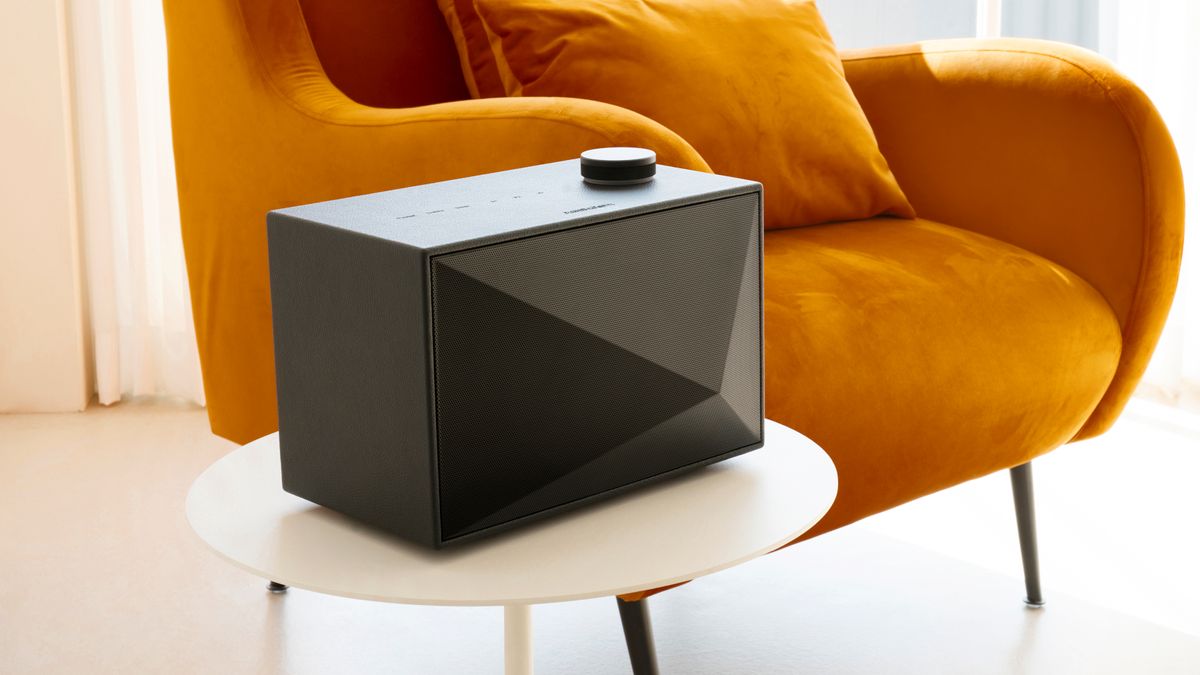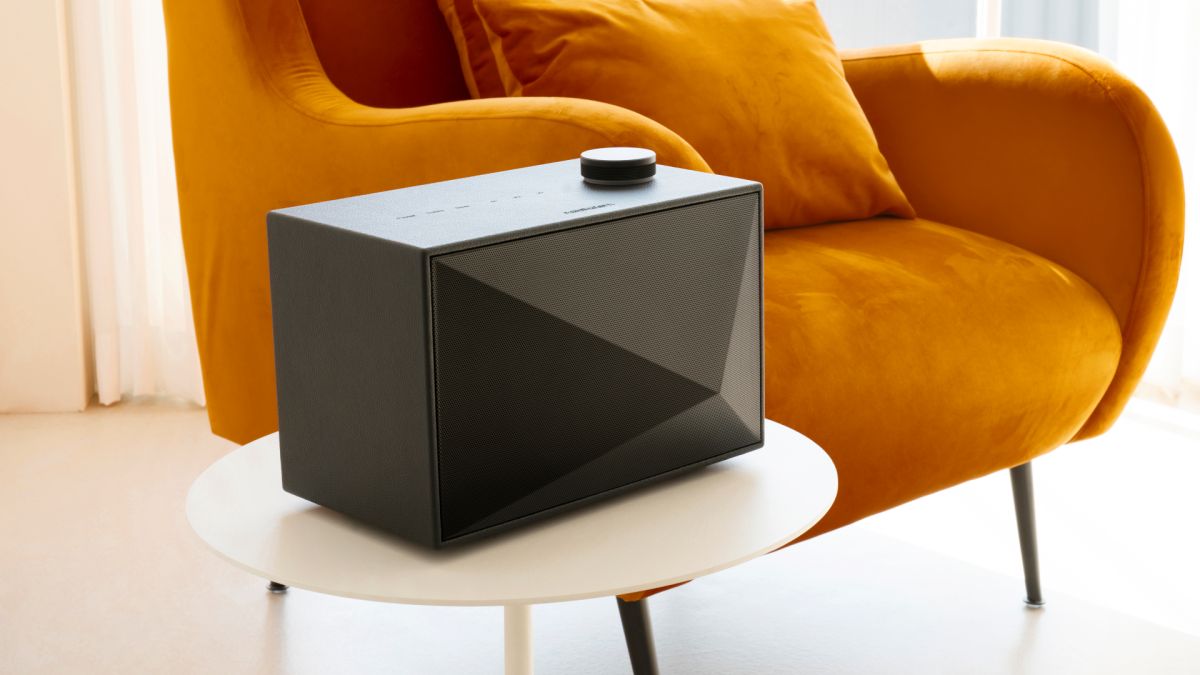
While full-stream Hi-Res Audio over Bluetooth is still a ways off, audio maven Astell&Kern claims that it’s making the world’s first Bluetooth speaker that supports both LDAC and aptX HD codecs for CD-quality wireless streaming.
It’s called the Acro BE100 and it’s part of the company’s ACRO line of speakers. What makes the BE100 different compared to other Bluetooth speakers out there – outside of its codec support at least – is that it uses a dedicated 32-bit Hi-Fi DAC and a 55W class-D amplifier, developed in-house by Astell&Kern.
Admittedly, you still won’t be able to hear lossless, uncompressed audio over Bluetooth – as there currently isn’t a way to do that – but you will hear CD-quality audio, as long as you’re pairing the speaker with a device that supports either codec, like a Google Pixel phone.
The other caveat? At $499 / £449 / AU$549, the Acro BE100 isn’t cheap – especially by Bluetooth speaker standards where it’s possible to pick up models for a fraction of the price. Our current favorite, the Sonos Roam, is only $179 / £159 / AU$279, making it about half the price of what the Acro BE100 will cost when it drops on March 7.
Analysis: A Bluetooth speaker aimed at audiophiles
We’ve been talking a lot about audiophile equipment recently with our reviews of the Drop + Sennheiser HD 8XX and MassDrop x Sennheiser HD 6XX, but it’s not often that you hear the words ‘audiophile’ and ‘Bluetooth speaker’ in the same sentence. That’s simply because wireless audio will always be compressed.
What Astell&Kern is offering here, however, is a buffet of options for audiophiles: there’s a standard 3.5mm audio jack if you want to run your music uncompressed from a digital audio player or PC, but you can also stream it to the speaker using one of the two CD-quality codecs for a similar experience.
Inside the case, the Acro BE100 hosts a 4-inch Kevlar woofer for accurate and solid bass reproduction and two silk dome tweeters. Compared to the single woofer or the woofer-tweeter combos you find in other Bluetooth speakers, this should provide a noticeable difference in sound quality. It also helps justify the extravagant cost – which, again, helps it play to its audiophile audience.
Only time will tell if it can live up to that high bar, but considering that its players have nearly single-handedly kept the digital audio player alive for the past few years, anything could be possible here.
